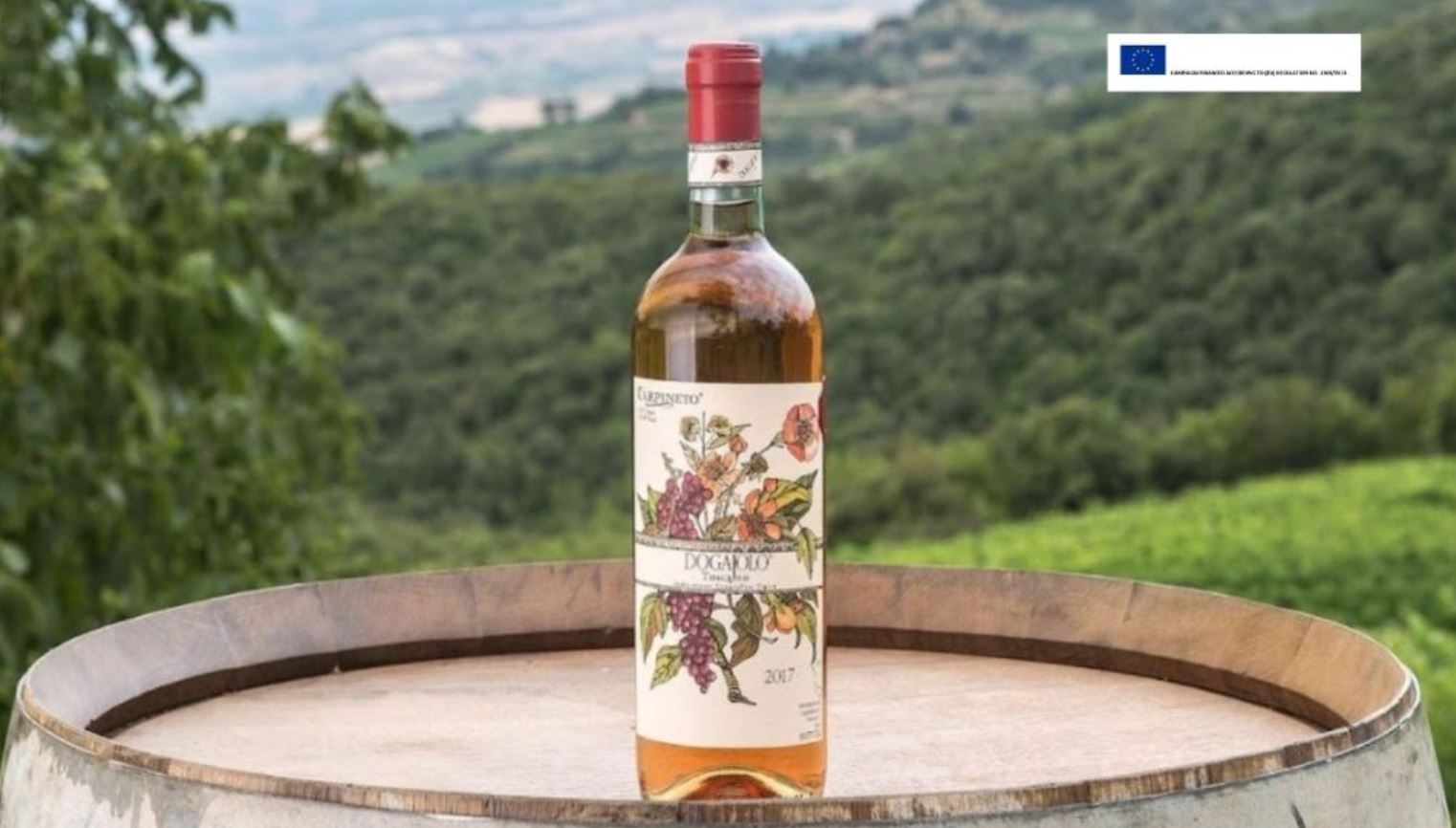It’s clear that wine tasting full involves the sensations of smell and taste, but it is important to remember that touch is another sensation which is just as important to the art of wine tasting. Yes, it is true. But the tactile sensations we are referring to are not the ones you feel with your hands, but instead your taste buds!
When it comes to wine, we can discern varied sensations with our sense of taste, understanding the degrees to which a wine is sweet, bitter, sour or salty. But there are also retro-nasal sensations that go back up along the oral cavity towards the nostrils, and then finally towards tactile ones. Why do we call them that tactile sensations?
Because in order to feel them we must literally "touch" the wine with our taste buds, evaluating its body, consistency, astringency, alcohol content and so on. Let’s begin with the easiest sensation to detect – the thermal sensation which is linked to temperature.
A wine with a higher temperature will bring out its characteristics of sweetness and softness, while instead a wine that is at a lower temperature that comes from the fridge brings out sensations of freshness, flavor and tannins. This is exactly why white wines are generally served at a lower temperature than reds, in order to enhance their drinkability. A red wine that is served at cold temperatures would become unbearably astringent due to the hardness of the tannins. The topic of tannins leads us to another tactile sensation, that of astringency.
Here is an example to explain astringency a bit more. Have you ever had a feeling of dry mouth after drinking a structured red wine without a dish to match? Well this physical sensation of roughness in the mouth and on the tongue is just a tactile sensation. This is true of pungency as well, a peculiarity of sparkling wines and spumante wines due to the effervescence of the bubbles.
This pseudo-caloric sensation is another tactile sensation that "envelops" the oral cavity from the mouth to the stomach. All in all, tactile sensations are all those sensations that physically involve our sense of taste which we use to evaluate consistency and structure of wine.
It's about that time now to pick up a glass of wine and put the touch to the test!
When it comes to wine, we can discern varied sensations with our sense of taste, understanding the degrees to which a wine is sweet, bitter, sour or salty. But there are also retro-nasal sensations that go back up along the oral cavity towards the nostrils, and then finally towards tactile ones. Why do we call them that tactile sensations?
Because in order to feel them we must literally "touch" the wine with our taste buds, evaluating its body, consistency, astringency, alcohol content and so on. Let’s begin with the easiest sensation to detect – the thermal sensation which is linked to temperature.
A wine with a higher temperature will bring out its characteristics of sweetness and softness, while instead a wine that is at a lower temperature that comes from the fridge brings out sensations of freshness, flavor and tannins. This is exactly why white wines are generally served at a lower temperature than reds, in order to enhance their drinkability. A red wine that is served at cold temperatures would become unbearably astringent due to the hardness of the tannins. The topic of tannins leads us to another tactile sensation, that of astringency.
Here is an example to explain astringency a bit more. Have you ever had a feeling of dry mouth after drinking a structured red wine without a dish to match? Well this physical sensation of roughness in the mouth and on the tongue is just a tactile sensation. This is true of pungency as well, a peculiarity of sparkling wines and spumante wines due to the effervescence of the bubbles.
This pseudo-caloric sensation is another tactile sensation that "envelops" the oral cavity from the mouth to the stomach. All in all, tactile sensations are all those sensations that physically involve our sense of taste which we use to evaluate consistency and structure of wine.
It's about that time now to pick up a glass of wine and put the touch to the test!





